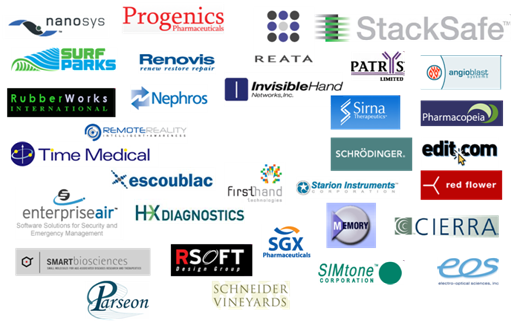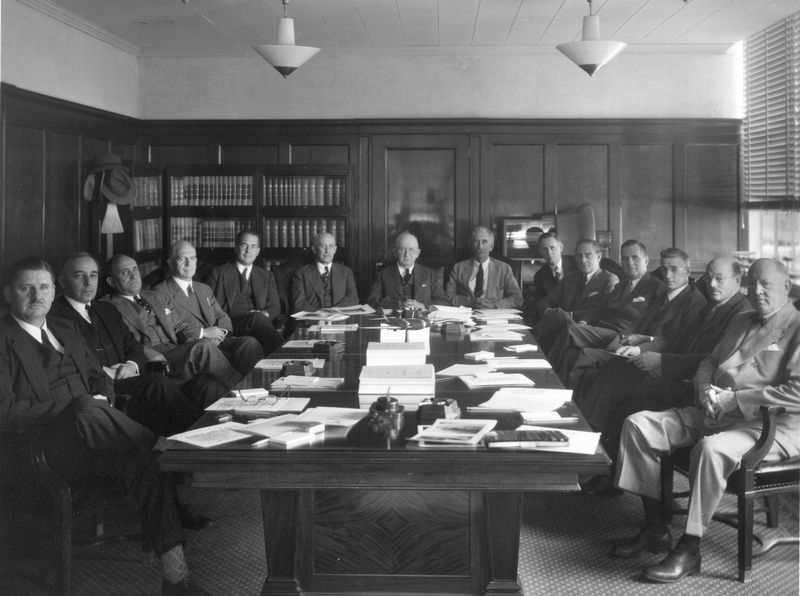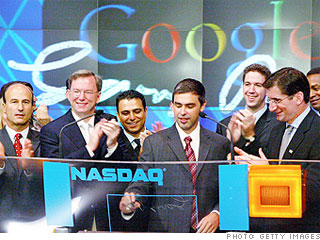
This is part of my Series on University Entrepreneurship.
Entrepreneurs and venture capitalists know all too well that launching a successful startup is perhaps one of the most challenging and difficult of all human endeavors. (Please note my stress on the word "successful"). We've also learned that only a small sub-section of the human population are actually suited for this line of work. (They all must share some rare strain of DNA yet to be identified!)
I also like to say that there is actually an even more difficult endeavor. And though I say it in a tongue-and-cheek way- it's actually true. In my opinion, launching a successful university spinoff is much harder.
The higher degree of difficulty has everything to do with the fact that the entrepreneur/vc/angel has the added hurdle of navigating the oftentimes arcane atmosphere of a given university before he or she can "spin-out" the technology. And depending on the particular university, this process can take anywhere from a couple of months to over a year!
You see, unlike a "normal startup", launching a university spinoff involves such steps as identifying and validating the university intellectual property, cultivating a strong relationship with the professor and the students in his lab, building a relationship with the appropriate people in the university's technology transfer office, and ultimately negotiating a license agreement and stock purchase agreement with them. This will entail agreeing to diligence milestones, sub-licensing fees, minimum annual royalties, reimbursing patent costs incurred by the university, paying royalties back to the university once you have a product and often making the university a minority equity partner in your venture.
It takes a special kind of person to pull all of these moving parts together and it is more than many seasoned entrepreneurs and/or investors can stomach. "It takes forever to get anything done there.... Why should I pay royalties to the university? ... The IP is just sitting there in the lab and I'm the one that's going to create all the value!", are all common refrains I have heard many times.
Mind you- these reactions are totally legitimate and natural without a doubt. For many, it may certainly not be worth the effort. Yet these criticisms always overlook a couple of key points about the nature of university technology that should be mentioned. First, some of the best and most commercializable work going on within the academy is world class and has often been under development for years- in some cases for almost a decade. Second, it is often the case that hundreds of thousands, even millions of research dollars have already gone into the underlying work by the time the entrepreneur/investor shows up for the first time. In many such cases, there is enormous value waiting to be unlocked. This would no doubt have something to do with the stunning historical IPO rate that university spinoffs enjoy.
Probably the most important and overlooked point of all, however, is the fact that the professor has often devoted his or her entire professional life to this work! In many cases these professors are world experts in this particular domain/technology. This can simply be a priceless asset! Involving the professor as your chief scientific advisor and equity partner can thus bring with it an enormous positive effect.
I've actually posted about bridging this cultural divide between VC, Entrepreneur and Professor before, and have advocated for cultural sensitivity on both sides. Upon reflection I've come to realize that this is really not enough. After four years and with some fifty plus university spinoffs under my belt, I now understand that something much deeper needs to occur, and in this sense, a university spinoff is no different from any other startup. It will always be a story of human relationships and how successful and enduring these relationships will be. So now we arrive at a university spinoff distilled to its very core:
It is the parable of the VC, the Entrepreneur and the Professor...
It is their story to write and it will be a human story about their relationships, their level of trust, their communication and their collegiality and fellowship.
If it is a story rife with avarice and smallness and conflict- all is lost and we have a failure on our hands. Time, money and resources will have been wasted. Years of people's lives. It is a tragedy.
On the other hand, if it becomes a story of respect, of trust, of friendship and cooperation, we have the necessary foundation upon which a successful university venture can flourish. I have not seen it work any other way.
For Part 25 in in this Series, click here




















![Reblog this post [with Zemanta]](http://img.zemanta.com/reblog_e.png?x-id=f19e7f17-3b95-4642-aefa-a9d33403233c)

![Reblog this post [with Zemanta]](http://img.zemanta.com/reblog_e.png?x-id=32984989-2bb2-48c2-b7bf-af9642d55d00)

![Reblog this post [with Zemanta]](http://img.zemanta.com/reblog_e.png?x-id=2619fe9d-863c-463a-866a-81357651f3d9)

![Reblog this post [with Zemanta]](http://img.zemanta.com/reblog_e.png?x-id=3126221d-823b-4ee8-8893-e658fff8c621)
